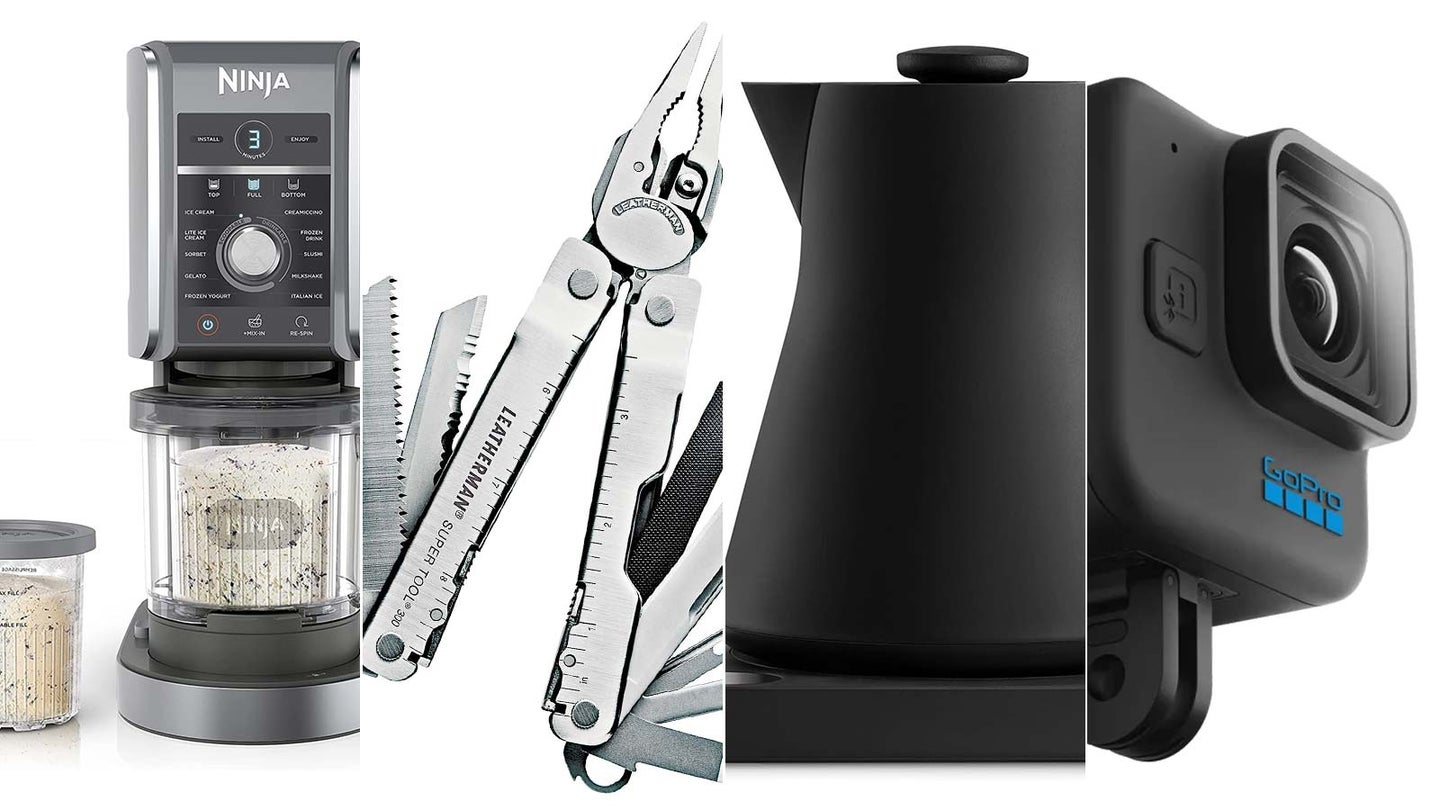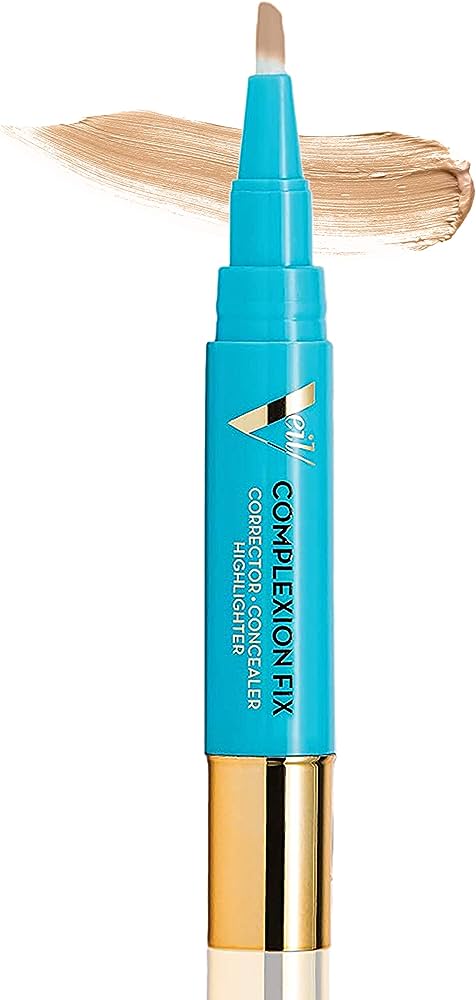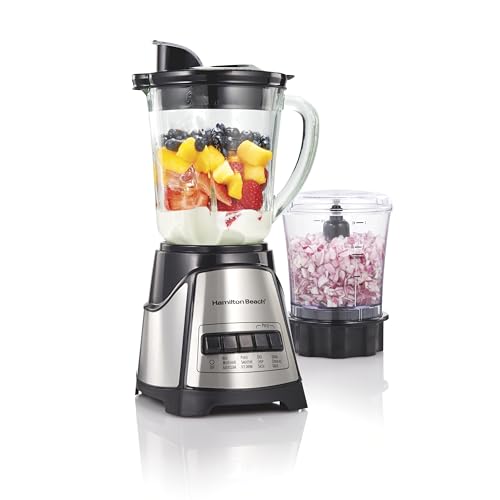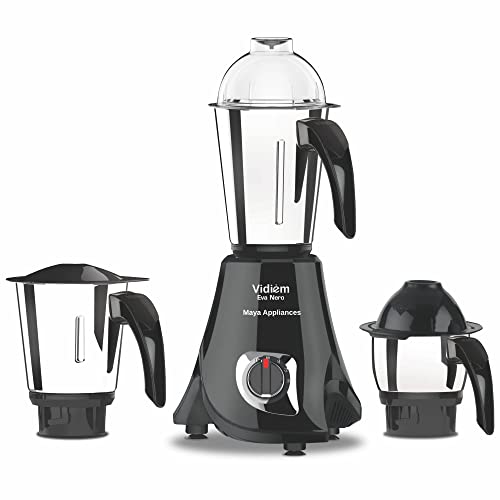Blender Leaking Black Liquid: Quick Fixes Unveiled!
A leaking blender dispensing black liquid typically indicates a worn seal or gasket failure. Addressing this issue promptly is essential to prevent motor damage.
If your blender starts to seep mysterious black fluid, it can cause alarm and frustration. Understanding this problem is crucial for maintaining both your appliance’s lifespan and the safety of your food. The black substance usually stems from the breakdown of a seal or gasket within the blender.
These components are pivotal in preventing liquids from reaching the motor. Over time, with constant use and exposure to various ingredients, these seals can degrade. As they do, lubricant used in the blender’s assembly may mix with the contents, resulting in the disconcerting black liquid. Prompt attention to such leaks not only safeguards the blender’s motor from potential irreparable damage but also ensures that your food remains uncontaminated. Regular maintenance and timely replacements of your blender’s seals can keep this unsettling issue at bay.

Credit: www.popsci.com
Identifying The Leak
If you’ve found your blender leaking a mysterious black liquid, it’s crucial to address the issue promptly. Leaks can lead to further damage or even render your blender unusable.
Spotting The Telltale Signs
Observing the base and the countertop where your blender sits is the first step in spotting a leak. Look for these signs:
- Black stains or puddles under the blender.
- Grimy residue around the motor base.
- Unpleasant smells which may indicate motor damage.
Sticky or slippery surfaces are also red flags. It suggests a seal might be broken.
Common Causes Behind The Menace
Multiple factors could be causing your blender to leak this black liquid. Here are the most common culprits:
| Cause | Description |
|---|---|
| Worn-out gasket or seal | This ring prevents liquid from leaking. It can wear out over time. |
| Overfilled Blender | Putting too much inside can cause pressure and leaks. |
| Cracked Jar | Hard to see, but even small cracks can lead to leaks. |
| Failing Motor | Lubricant from a failing motor can leak and mix with food residue. |
Regular maintenance keeps your blender running smoothly. Always check the components after use and before storage.
Immediate Actions To Take
Finding your blender oozing with black liquid can be alarming. Quick and careful action is essential to prevent any further mishap or damage. This section aims to guide you through immediate steps you should take to handle this situation safely and effectively.
Unplugging For Safety
Before you touch your blender or try to clean up, ensure it’s unplugged. Dealing with any kitchen appliance requires caution, especially when leakage is involved. This can prevent electric shocks or the device turning on accidentally. Pull the plug straight out; avoid yanking the cord. Keep your hands dry during this process to avoid any electrical hazards.
Mopping Up The Mess
Once the blender is unplugged, address the spilled liquid. Wear gloves to protect your hands. Use absorbent paper towels for blotting up the liquid. Avoid spreading the mess around. Dispose of the paper towels properly after use. If the spill is large, you may need to use a mop. Clean the surface with a disinfectant to remove any sticky residue.
Troubleshooting Blender Woes
Discovering your blender leaking black liquid can be alarming. Fear not! The solution might be simpler than you think. Let’s dive into common issues and their quick fixes, ensuring your blender returns to its top-notch condition in no time.
Seal And Gasket Inspection
Inspect the seal and gasket for any signs of wear or damage. These parts are crucial for creating a tight seal.
- Turn off and unplug the blender.
- Remove the blender jar from the base.
- Check the rubber gasket for cracks, deformities, or residue buildup.
- Clean the gasket with warm, soapy water if dirty.
- Replace the gasket if you find any damage.
Blade Assembly Checkup
Loose blades can cause leaks. Check the blade assembly regularly to prevent issues.
- Ensure the blender is off and unplugged before inspecting the blades.
- Examine the blade for looseness or damage.
- Tighten the blades with a screwdriver if they are loose.
- Replace the whole blade assembly if it’s damaged.
Regular maintenance keeps your blender leak-free and functioning perfectly.

Credit: www.amazon.com
Diy Quick Fixes
Discovering your blender leaking black liquid can cause a moment of panic. Worry not, as some issues with your blender can be fixed at home. Before calling in a professional or shopping for a replacement, try these DIY quick fixes that might just save the day. With simple tools and a bit of patience, you can troubleshoot and rectify the problem yourself.
Tightening Loose Screws
A common culprit for leaks in blenders is loose screws. Follow these steps to ensure everything is tight and secure:
- Unplug the blender to ensure safety.
- Flip the blender over to locate screws at the base.
- Use a screwdriver to tighten any loose screws.
- Check for any other loose components and secure them.
After tightening, reassemble your blender and test it to see if the leak persists.
Replacing Worn Out Parts
With time and use, blender parts can wear out, leading to leaks. Identify and replace these to maintain your blender’s functionality:
- Gaskets or seals that may have become brittle or cracked.
- The blade assembly, if it’s not sealing properly.
- Any cracked or damaged components in the jar or base.
Replacement parts are typically available from the manufacturer’s website or kitchen supply stores. Make sure to match the model number of your blender to the parts you buy. Install these new components and give your blender a test to ensure the problem is solved.
When To Call A Professional
Discovering your blender leaking black liquid can be alarming. The unsightly mess could signal a severe problem. It’s vital to know when to take action. At times, a simple DIY fix suffices, but certain situations necessitate a call to the pros. Let’s discuss when professional help is your best bet.
Assessing The Damage
Determining the extent of the damage is crucial. Observe your blender carefully. Note any unusual sounds, smells, or behaviors. Minor leaks may just require a new seal or gasket. Yet, black liquid often indicates a deeper issue. Below is a list of signs to watch for:
- Persistent leaks despite tight seals
- Odd noises suggesting motor issues
- Foul smells that could point to electrical problems
If these signs are present, proceed with caution. Avoid further use to prevent damage or injury.
Seeking Expert Assistance
Contacting a professional should be your next step. Experienced technicians can provide a thorough assessment and safe repair. Look for certified appliance repair services to ensure quality work. Here are benefits of seeking expert help:
| Expert Know-how | Proper Tools | Safety Guarantees |
|---|---|---|
| Technicians have in-depth knowledge about various blender models. | They come equipped with the right tools for a precise fix. | Professionals follow safety protocols to protect your home and device. |
Compile the blender’s make, model, and symptoms. Have these details ready when you call for help. This information speeds up the service process. Remember, acting swiftly can save your blender and your peace of mind.
Preventative Measures For The Future
Witnessing your blender leak black liquid can be troubling. Not only does it suggest potential damage to your device, but it can also be a sign of wear and tear that’s gone unnoticed. Prevent such mishaps in the future with these effective strategies.
Routine Maintenance Tips
Regular upkeep can significantly extend the life of your blender. Stave off leaks and other issues with these simple steps:
- After each use, promptly clean all parts.
- Inspect seals or gaskets monthly for wear.
- Check the blade assembly for looseness or damage.
- Ensure all components are dry before reassembling.
- Store the blender in a dry spot.
Best Practices For Blender Care
Adopting good habits is key to a long-lasting, leak-free blender. Memorize these best practices:
- Never overfill the blender container.
- Handle the blender jar with care – avoid bumps and drops.
- Blend at the recommended speeds – don’t overtax the motor.
- Replace parts like blades or seals when they show signs of aging.
- Use only manufacturer-approved attachments.
By heeding these routines and best practices, your blender will remain in top shape, leak-free, and ready for your next culinary adventure.

Credit: www.bloomberg.com
Frequently Asked Questions On Blender Leaking Black Liquid
Why Is My Blender Leaking Black Liquid?
Your blender might be leaking black liquid due to worn out seals or gaskets. These components degrade over time and usage, leading to leaks. It is important to replace them periodically to maintain the blender’s integrity and performance.
How Do I Fix A Leaking Blender?
To fix a leaking blender, first, identify the source of the leak. It’s usually the bottom where the blade assembly is located. Disassemble this area, replace any worn-out seals or gaskets, and ensure everything is tightened properly during reassembly to prevent future leaks.
Can Leaking Blenders Be Harmful?
A blender leaking black liquid can be concerning as it might indicate motor damage or electrical issues. If the liquid is coming from inside the blender, it’s essential to stop using it immediately to avoid potential harm and have it inspected by a professional.
What Causes Black Residue In Blenders?
Black residue in blenders can be caused by the breakdown of rubber components or by food particles that get stuck and oxidize over time. Regular cleaning and maintenance of the blender’s parts can help prevent this issue.
Conclusion
A blender emitting black liquid signifies a need for immediate attention. Whether it’s a quick home fix or a professional repair, addressing it promptly will ensure your blender’s longevity. Remember, regular maintenance can prevent such issues from arising, keeping your smoothie-making sessions hassle-free.







